Climate Forecasting 20110413
advertisement
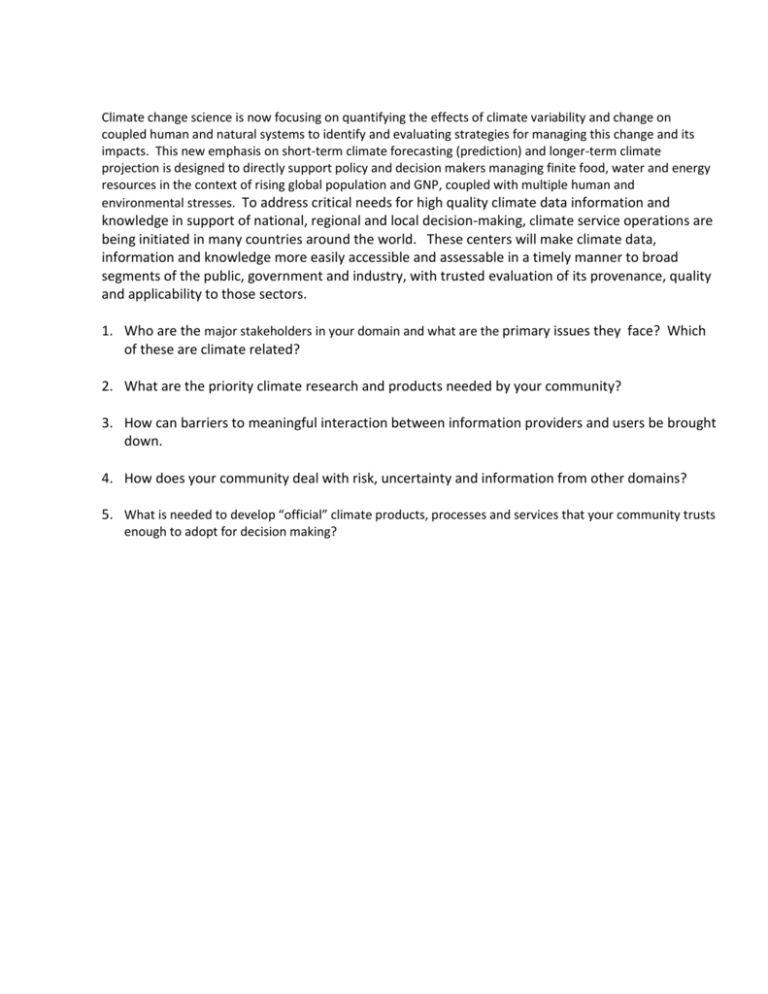
Climate change science is now focusing on quantifying the effects of climate variability and change on coupled human and natural systems to identify and evaluating strategies for managing this change and its impacts. This new emphasis on short-term climate forecasting (prediction) and longer-term climate projection is designed to directly support policy and decision makers managing finite food, water and energy resources in the context of rising global population and GNP, coupled with multiple human and environmental stresses. To address critical needs for high quality climate data information and knowledge in support of national, regional and local decision-making, climate service operations are being initiated in many countries around the world. These centers will make climate data, information and knowledge more easily accessible and assessable in a timely manner to broad segments of the public, government and industry, with trusted evaluation of its provenance, quality and applicability to those sectors. 1. Who are the major stakeholders in your domain and what are the primary issues they face? Which of these are climate related? 2. What are the priority climate research and products needed by your community? 3. How can barriers to meaningful interaction between information providers and users be brought down. 4. How does your community deal with risk, uncertainty and information from other domains? 5. What is needed to develop “official” climate products, processes and services that your community trusts enough to adopt for decision making? 2. Yesterday’s conclusions 1. Air Qual/Heat stress: Economic costs that are meaningful to policy makers is needed Ability to integrate data across silos, Cumulative effects to exposures Even though Air Q & heat stress are linked, need to separate them to understand them better. From communities, only the effects matter. Adaptation – adapting to heat stress more approachable – individuals have more control Science tend to have a different approach than individuals Co-benefits of adaptation to heat stress is easier to communicate need to mitigate CC 2. Key determinants and magnitude of Food &Water threats i. Need for shared definition, Documenting local/ecosystem impacts ii. Understanding key processes 1. Surveillance of production, yields, water Q 2. Integrating political/socio-E models with GCMs 3. Migration, Where will breadbaskets shift? iii. Internat’l trade, Resource supply chains.- Exporting resources via shipping 1. What do we need to know for actions? 2. Key actors, levels that they operate, motivations? 3. Bi-directional education iv. Response for action on water and food security/storage 1. Until local farmers have power to control water, not much can happen 2. Need to understand social Barriers – 3. urbanization and peri-urban food production 4. Need to translate current knowledge to action 5. database of hydrological characteristics by region v. health implications of F/W threats 1. guidelines/policies for land use 2. more info for options for adapting to changing rainfall – biotech, different crops 3. ways to scale up indigenous knowledge 4. need to shift policy makers to more action 3. Kellogg - Data gaps – i. Baby steps Funding opportunities ii. Water, Population, Identifying Vul populations iii. Miss-spent money – Consumer behavior iv. Disaster response 4. Balbus - Creating a community of Practice - http://www.niehs.nih.gov/strategicplan i. Vertically – end-to-end science ii. Horizontal (multidisciplinary science) iii. Components 1. Integrating disparate data streams 2. Connecting to decision makers 3. Connecting to policy makers 4. Fed, regional, tribal, local public health official 3. My experience is that support funding is the most effective way to unite communities Climate info push doesn’t work. Uninformed demand doesn’t work either. Process needs to be 2-way Climate info by itself has not been seen to be useful for practical decision making Over the fence info: Not understood, not trusted, doesn’t answer the right questions to make decisions What works is diff approach: start with the problems in the setting where they occur, work with the communities that have to mng the problems, co-discover opportunities within that context to improve mnging the problems. Leads to better understating of how the climate products are most useful Multiple Stresses: climate almost never acts alone. Need to understand how climate interacts with other societal stressors. We all come from a certain discipline and tend to see the world thru that lens. Need to think of the impacts of WX inside of climate (heat waves, extremes) and longer-term projections for decision making 0. Title page/ID funding Agency & opportunity Balbus NIEHS/CDC funding NSF: Research Coordination Networks (RCN) Program Solicitation NSF 11-531 http://www.nsf.gov/pubs/2011/nsf11531/nsf11531.htm#summary SEES track – Science Engineering and Education for Sustainability (May 24 UBC track - Targeted Undergraduate Biology Education track (Jun 15 1. Introduction a. Intro paragraph/problem statement b. Overarching objective and implications c. Approach summary d. Deliverable summary 2. Technical Approach and Activities Introduction a. Technical Approach 1. We will deliver 2. At the global scale… 3. At the regional scale… 4. Local/societal implications…. b. Description of Collaboration c. Health and/or Climate Change Scenarios 3. Summary of Tasks a. Overview b. Task 1 Title/Overview i. Task 1a title/overview 1. Methodology 2. Assumptions 3. Output/Results ii. Task 1b Title/overview + Methodology, Assumptions, Output/Results iii. Task 1c Title/overview + Methodology ,Assumptions, Output/Results iv. Where useful, discuss fit to task 2 c. Task 2 4. References

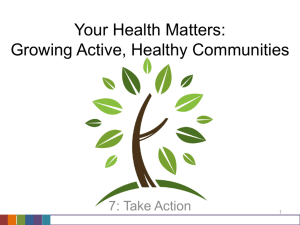
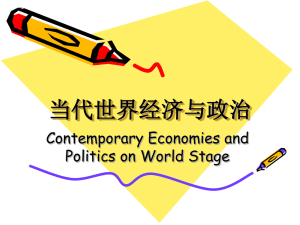
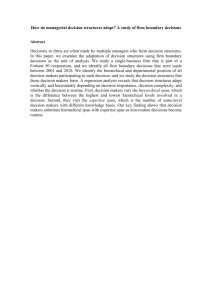
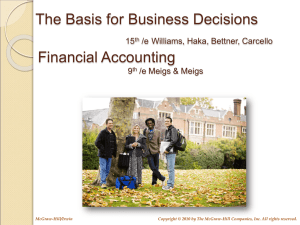
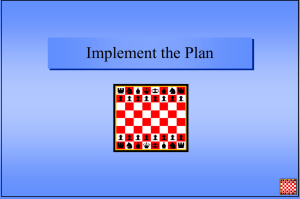
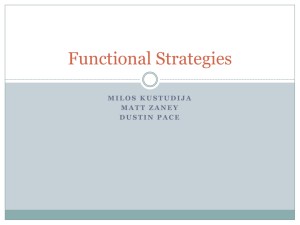
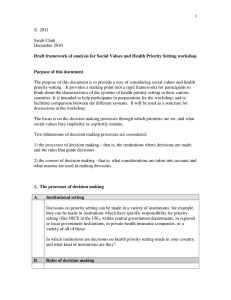
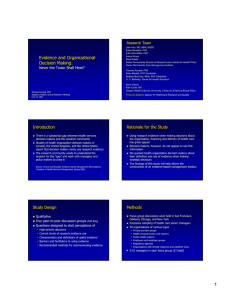
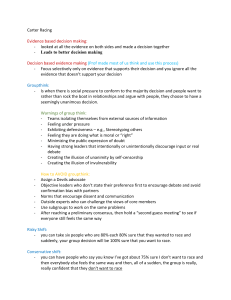
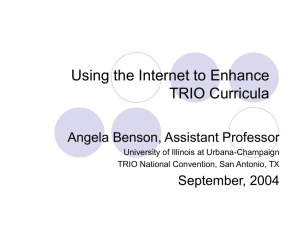
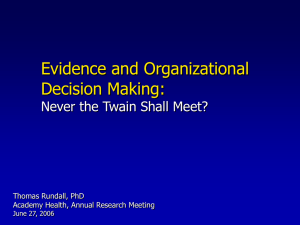
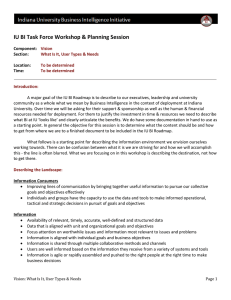

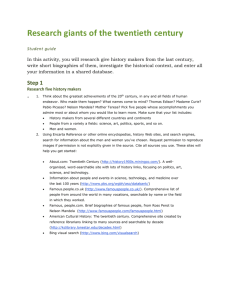
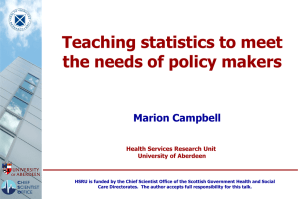
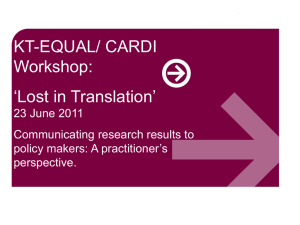
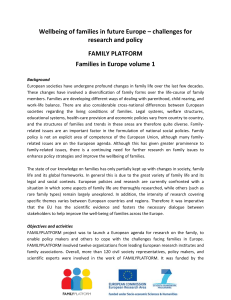

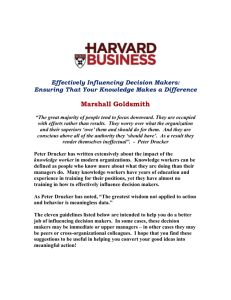
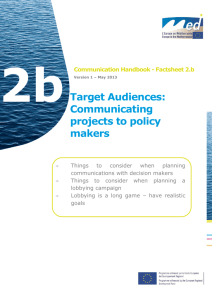
![DECYDE: A PARTICIPATORY METHOD FOR “MEASURING” ADJUSTABLE [SELF-ASSESSMENT?] TOOL](http://s2.studylib.net/store/data/013302736_1-d03ea217ee6f232cf7732906c631a9a4-300x300.png)